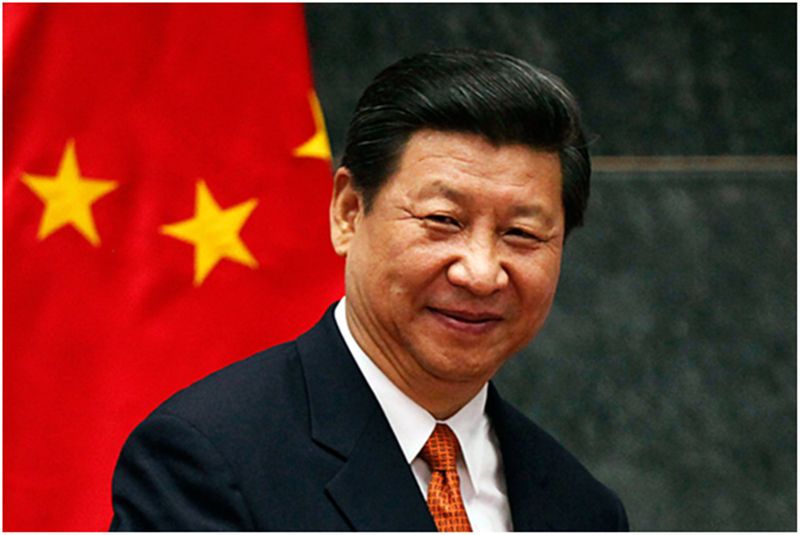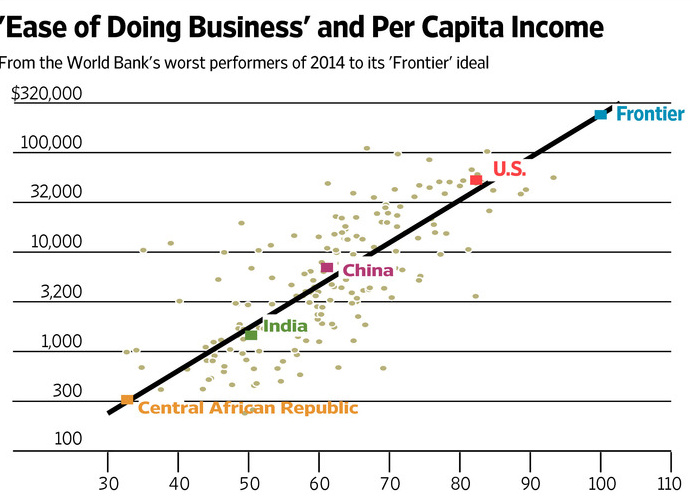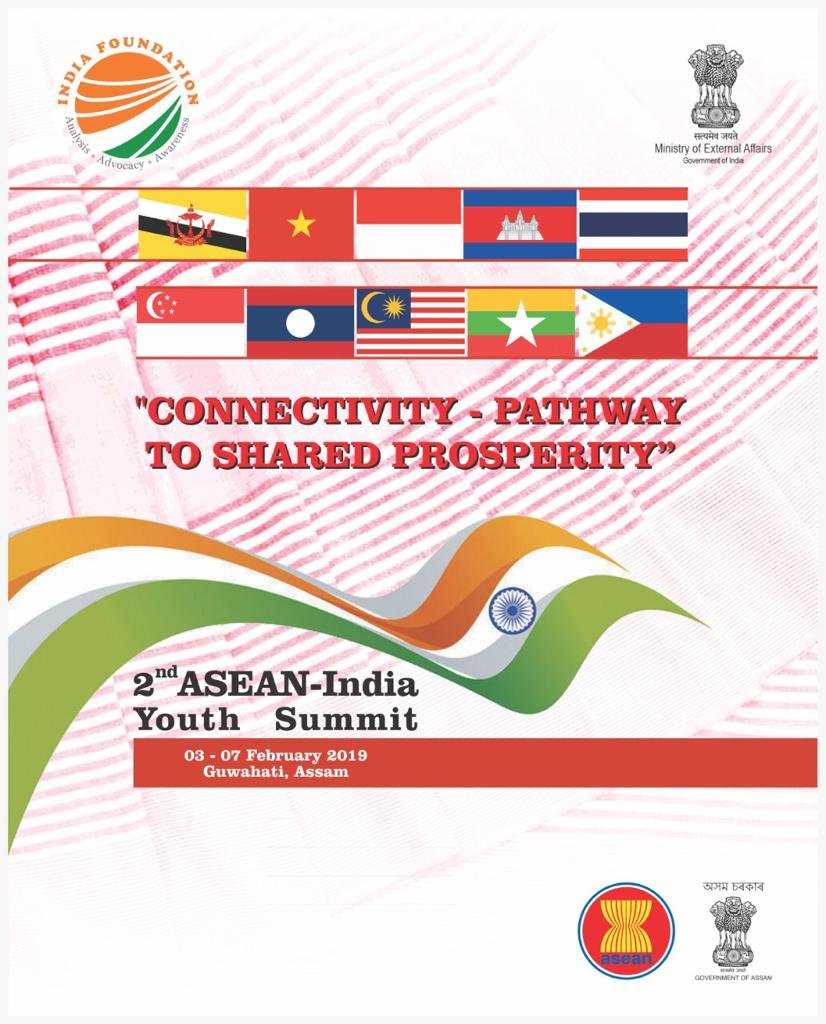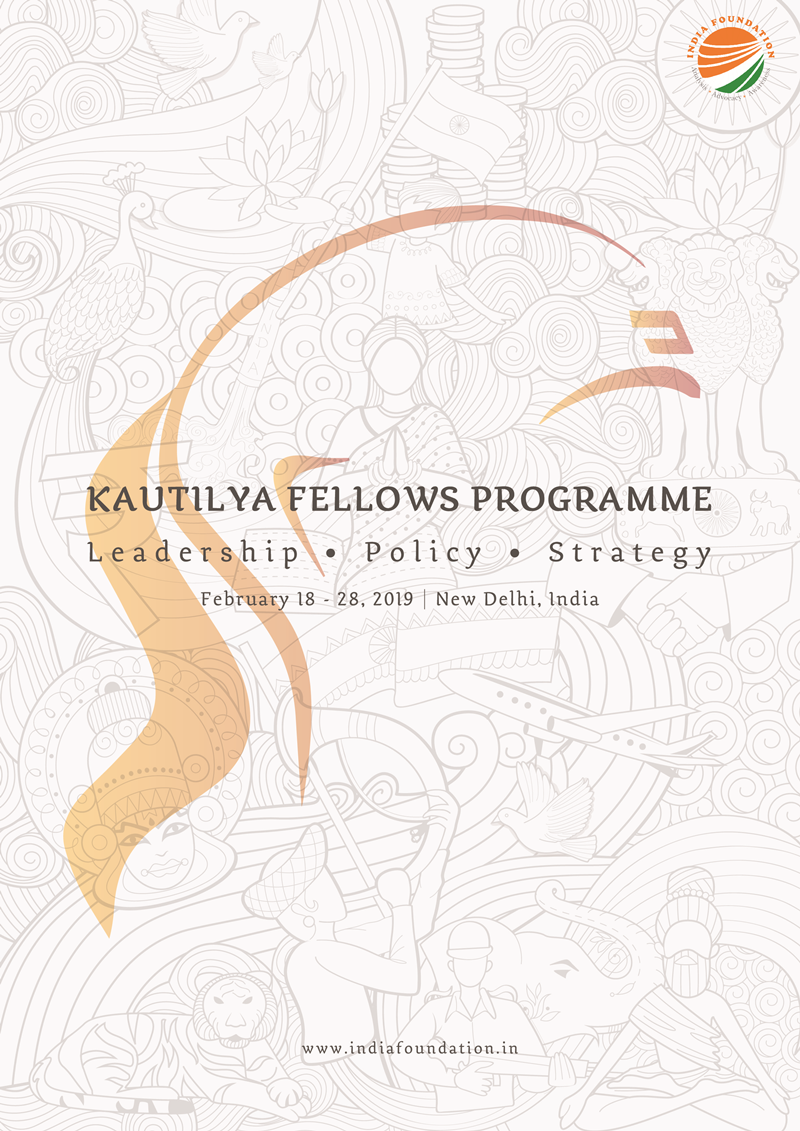Introduction
Armed conflict, insurgency, civil war and ethnic rivalry all have devastating effects on the entire community, however, it is the women and children who are particularly affected due to their vulnerable social status in society. This is predominantly evident in patriarchal societies in which women have relatively smaller roles in social and political decision making. According to the estimates of UN, systematic abuse of women, sexual slavery, rape, forced sterilisation and murder are often used in conflict situations as ‘effective’ strategies of war (Bushra & Lopez, 2004). Similarly, conflict and insurgency leads to loss of family support when their husbands and other earning male members are killed and the social stigma attached to being a single woman in a male dominated society becomes exponentially higher. Their safety as well as recovery from untoward incidents is also compromised by their lack of exposure and understanding of established government aid machineries.
Against the broader social political landscape of the expanding participation of women and their increased vulnerabilities in situations of armed conflict, this article attempts to analyse the effects of insurgency on women in India’s Northeast region. The Northeast has witnessed insurgency as well as the longest running armed conflict in the country. This has resulted in huge casualties including women and children. Therefore, this article makes a modest attempt to understand the dynamics of insurgency and its effect on women in the region.
Conflict, Insurgency and Women: An Overview
Insurgency, conflict and war affects society depending upon the nature and magnitude of the conflict. Sometimes, it affects the life of the people, entire economy, livelihood and social fabric of the community (Walsh, 2000). The state machinery is often paralysed and the life of common people is devastated by the collapse of health and transport systems. The case of Afghanistan, Bosnia, and Darfur etc. are classic examples of such conflicts. Some conflicts are less pervasive and the impacts are limited to partial failure of economy and infrastructure. The specific impact of conflict on men and women also depends on the social role of women and their positions in family prior to the conflict (Walsh, 2000).
With the emergence of insurgent groups within the national territory demanding secession, there have been significant changes that have affected women. In the case of these conflicts, the traditional warfare with military is often replaced by the use of new actors including women soldiers, child soldiers and suicide bombers (ADA, 2009). Women also take part in ethnic violence either voluntarily or as a result of forced abduction into the group. Women and girls are abducted and forced to marry leaders of rebel groups or captured as slaves. In many contexts, rape and physical violence are used as the strategies to exhibit power, authority and control over the opponents (ADA, 2009).
There are three ways in which women are affected by conflict. One is in the personal sphere as individuals, in which women face threat of their life from landmines, bullets, bombs etc. Here, unlike men, women may not be able to escape quickly due to their physical health, pregnancy or general restrictions in mobility (Bushra & Lopez, 2004). Thus, they are at a higher risk than men while directly confronting militants. Also, they are vulnerable to rape and sexual violence. The fear of personal danger and chances of rape force women to restrict their mobility. This reduces their participation in work, food aid, relief programs and even their effort to get fire wood for cooking (Carrillo, 2000). The restricted mobility as a consequence of fear of personal danger has deeply affected their livelihood and survival during the phase of armed conflict effecting their mental as well as physical well being. Lack of communication, transport and medical services also restrict the availability of medicines further effecting their health and safety. In traditional communities in which men control power, male members of the family get preferential rights over food items. Thus, in many conflict-affected communities, women eat last and are forced to suffer from starvation and famine. Hence, it is evident that social context and gender relations also play a key role in determining the impact of insurgency over women.
The second dimension is the private sphere.Insurgency and conflict affects the survival of the family, which is the principal arena of a women’s responsibility. Often, women have to take responsibility of the household when their father or husband loses his life. This increases their economic, social and psychological burden on one hand and drastically reduces their support system on the other (Bushra & Lopez, 2004). For example, when the earning male member of the family is killed, they have to shoulder the responsibilities of farming or trading in which they have no previous experience. Apart from that, conflict forces women to migrate to other places in search of jobs and income. In many contexts, women are also forced to take to commercial sex work as a livelihood option (Bushra & Lopez, 2004).
Third dimension is the public spherein which the policies and social rules alienate and oppress the human rights of women. In many post-conflict reconstruction phases, women are denied participation and their social role is restricted to the household level. Women hardly get support from community structures that are built on the premise of patriarchal values (Bushra & Lopez, 2004). For example, in Nagaland, where entire state is affected by the longest running insurgency in the country, there was a strong objection to women’s participation in the political sphere. The Naga Hoho – the apex body of all the hill tribes in the state strongly opposed the initiative of 33% reservation for women in urban local body elections stating that it would infringe upon Naga customary laws and traditions. This kind of opposition not only puts social pressure on women candidates but also prevents them from taking necessary steps towards public participation.
Insurgency and Armed Conflict in Northeast
Since independence, almost all the states in the Northeast have witnessed insurgent movements and armed struggle in one form or another. The reasons for the emergence of insurgent movements include ethnic rivalries, cultural supremacy of one tribe over the other, migration and religious identity amongst various other factors. While some movements demand separate statehood or autonomous territory within the region, others demand secession from the country. The armed conflicts in the region and terrorist activities have ultimately resulted in mass killings, breakdown of administration and collapse of the democratic edifice of the region. Terrorist groups run various parallel administrations in their strongholds and have disintegrated the public distribution system (Sachdeva, 2006).
While observing the magnitude of militancy in the Northeast, it is visible that the majority of the insurgent groups have transformed themselves into terrorist and extortion based entities, regardless of their primary objectives and ideology. In the case of ULFA in Assam, one of the many factors why insurgency emerged was due to unabated Bangladeshi migration into the state. But, later, the leadership found shelter in Bangladesh and rejected their earlier anti-Bangladeshi position (Menon, 2008). Similarly, insurgent groups in Tripura, the National Liberation Front of Tripura (NLFT) and the All Tripura Tiger Force, was based on the premise that there was a need to uphold the cause of tribal population in the state. However, it was this very tribal population that NLFT represented that suffered due to conflict and was forced to support the organisation. While these organisations today, get small arms from neighboring countries, capabilities of even relatively smaller groups to challenge peace in these regions is high. As a result, insurgent groups have successfully transformed themselves into huge abduction and extortion rackets collecting regular contributions from the public, government servants and business houses as is the example of Government of Peoples Republic of Nagaland/Nagalim (GPRN). When people have had to live under the fear of a parallel government collecting taxes, they have often found it convenient to bribe militant groups for peace and safety rather than risk death and abduction.
Effect of Insurgency on Women in the Northeast
While we consider the indicators of women’s status and social position in society, the Northeast is relatively better than the rest of India. Recent evidence shows that except in Arunachal Pradesh, literacy rate among women is much higher in the region compared to other states in India (Das, 2013). While Mizoram ranks second in female literacy rate, Tripura enjoys fourth and Nagaland occupies eighth position (GoI, 2011). Similarly, in terms of female work participation, Northeast is far ahead of other Indian states. Apart from that, there is a relatively low gender disparity in work participation (GoI, 2011). However, this is mainly because of the existence of community based subsistence agriculture that utilises more female labor. Though higher literacy rates and education amongst women also leads to increased participation of women in the workforce, this is still limited to a greater degree because of the conflict in the region resulting in a slower economy and limited industrialisation. The positive trend is visible in terms of sex ratio which is higher than the national average in almost all Northeastern states (Das, 2013).
However, in spite of their higher participation in the work force, and the high level of literacy amongst women, their role in the decision making process is minimal. Even though there are high social indicators, women in the Northeast face serious problems that affect their life and livelihood. The prolonged conflict and insurgency as well as the emotional toll of living in an oppressive environment has devastated their support systems and restricted their social mobility. The destructive effect of insurgency is deeper amongst women and there is relatively little documented evidence on the physical and psychological impact of conflict in the Northeast. This does not necessarily mean that the impact was less compared to other conflict areas but that scholarship and data collection is limited.
Due to the remoteness of the region as well as the economic backwardness caused by decades of conflict this situation of extreme poverty and social exclusion in the region is often exploited by the human trafficking mafia. Both girls and young boys were trafficked for child labor and sex trade. Reports state that young girls and women from majority of the insurgent affected regions were trafficked to Singapore, Thailand and Malaysia (Hayes, 2012).
In Assam, missing girls were reported from Dhubri, Kokrajhar, Barpeta, Bongaigaon, Nalbari, Kamrup and Guwahati (Goswami et al., 2005). These are insurgency affected areas which suffer from rampant poverty and lack of livelihood. Most of the girls were lured by agents on the pretext of getting jobs but could never be traced again. This alarming situation is prevalent in other parts of the region as well. Reports state that acute unemployment, prolonged conflict and loss of livelihood forced many women to take up the sex trade as a livelihood. In addition, there are also case studies that show the plight of women in the Northeast selling liquor and drugs to support their family (Das J. , 2012).
Sexual violence and rape are common in the region. But due to social taboos and cultural dignity, many women suppress and hide the incidents. Hence, the documentary evidence on the magnitude of rape is ambiguous in the case of the Northeast. Therefore, intervention and provision of post-trauma care is very difficult in several contexts (Goswami et al., 2005). Also, due to fear of repercussions by insurgents who have informers and supporters embedded in civil society and even in government posts, a large number of incidents and crimes against women are not reported.
Although, it is known that in most of the states in the region, there has been a large displacement of population due to insurgent activity, the effects of displacement have been harsher on women than men. For example, many women from the Chakma community in Mizoram lost their homes and savings when the entire village was burnt down by insurgents. They had to escape into dense forests and live for weeks without food and shelter. Pregnant women died without any medical intervention and children suffered. Subsequently they moved to makeshift refugee camps in Southern Tripura, Arunachal Pradesh amongst other states. There were accounts of rape and sexual assault against the women in the camps and many refugees sent their children away to orphanages in order to give them a safer environment. This is not an isolated account many women even today under the physical and mental strain of living in conflict areas send their children to far away boarding schools run by NGOs or even orphanages.
In the case of one of the women interviewed by me in Manipur (Case Study 1); her husband a truck driver refused to pay the tax that was collected by insurgents operating in his area. He was shot dead leaving Case Study 1 without any means to support herself. Her husband’s family refused to help her and abandoned her shortly after the incident. With three daughters under the age of ten to raise in addition to navigating through government procedures to claim benefits, she was not sure if she could continue and became psychologically unstable. Fortunately for her she came across an NGO that helped her to get back on her feet. She relied on her knowledge of weaving common amongst women in the region for her income. The NGO also helped her access the government pension allotted to widows, a small sum of Rupees three hundred per month. Though it was not much, she said that she appreciated it greatly in her time of need. She also sent two of her daughters away to a boarding school in Noida, UP with the aid of the NGO. Case Study 1 also recognised that most of the women in this situation are not as lucky, she only sent her children when she was completely satisfied that they would be safe and taken care of.
The second victim I interviewed in Manipur (Case Study 2) also lost her husband to conflict. Similarly to Case Study 1, she had no means to supplement his income and was left with five children to take care of. She also had no knowledge of how to pursue her case in order to get justice for her husband. She used to cut and sell betel nut and weave to supplement the income that was lost with her husband. She not only fought the social stigma involved with being a widow but as in the situation with Case Study 1, her husband’s family also abandoned her.
In both cases, the women had to live under suspicion, constant vigilance and fear in addition to the unimaginable emotional strain and pressure of finding ways of looking after themselves as well as their children. Situations like these are worsened by the limited rights women have over property and land ownership. Tribal councils too do not favour giving any representation and participation to women. These biased and patriarchal social norms make life for women extremely difficult.
In Nagaland as well, women living in conflict areas are often victims of patriarchal norms. Young widows are forced to work and look after their families, although the patriarchal system does not allow them to claim property rights. Not only do they have to suffer from structural and social backwardness, but also have to face the emotional repercussions of armed conflict as well.
The role of women as members of insurgent groups is also a dimension that needs exploration. However, with the limited research that has been undertaken on the subject it is apparent that they too are victims of not only their situation but also oppressive patriarchy. In an interview with former women members of ULFA, it was understood that they were trained in arms and at the forefront of underground movements. However, they were not part of any decision making or negotiations in the post-conflict period. Besides, having experienced physical, mental and social violence on a continuous basis their identity as women militants was never recognised by their male counterparts (Deka, 2018). Similarly, their suggestions and demands were never articulated or represented in the post-conflict peace building process.
The Way Forward
While analysing the impact of insurgency in Northeast India, it is evident that gender dimensions have been completely neglected. Considering the impact of insurgency on women in the region, the issue requires specialist mitigation during peace talks and agreements by the government agencies. Even so called ethno nationalists have never taken into consideration the gender dimension in any of their demands, completely forgoing the alleviation of women’s status in their narrative.
Women have been forced to not only to be an active part of the conflict but also unwilling victims. In short, the place of women has never been defined in ethnic nationalistic discourse although women have been forced to suffer the aftermath of ethnic violence across the region (Hmingthanzual & Pande, 2017). This reality makes the situation extremely complex for the women survivors and victims of insurgency in Northeast.
Similarly, there is lack of a common platform for women on which they can discuss the impact of insurgency in order to not only create a support group for themselves but also to create knowledge and scholarship on the same. There is a need for accountability from government bodies that have been set up to aid women in difficult situations like these, for instance, the State Legal Services Authority that should have dispensed free legal aid to victims but failed to do so in the case of the two case studies from Manipur.
The lack of awareness also plays a considerable role in preventing the right intervention and support for women. In the case of grants and pensions, it is necessary (and the responsibility of the government) to intervene. Awareness programs need to be set up to ensure that every woman is aware of the monetary support that she is liable to receive. Often women are also at a loss on how to navigate the government machinery in order to find the right form of assistance. The government must recognise the emotional toll borne by victims and set up free effective treatment centers/help centers for counseling and psychiatric evaluation based on their specific needs. Alongside primary intervention, the importance of their rehabilitation must not be overlooked through women specific skill centers and employment initiatives. The implementation of these initiatives must also be evaluated annually to ensure that funds and services meant for victims are not held back or diverted as often happens.
It is evident that insurgency has seriously eroded the social, economic and political structure of the region and thereby creating a culture of violence, oppression, mistrust and mutual destruction. Insurgent movements and armed conflicts have destroyed the life and livelihood of women in the region through systematic rape, killing, physical assault, displacement, trafficking and many other factors. Since women have added responsibilities in the household, the economic and social burden over women is more intense.
A modern day civilised society must be judged by the way they treat their vulnerable groups. As we move towards peace and security in the region, it is necessary for the government to take concrete steps in recognising the impact of this long emotional process women have had to bear by living in a conflict region.
References:
ADA, 2009.Focus: Women, Gender and Armed Conflict. Policy Brief. Vienna: Austrian Development Cooperation Austrian Development Agency.
Baruah, S., 2005.Durable Disorder: Understanding the Politics of Northeast India. New Delhi:
Bushra, J.E. & Lopez, E.P., 2004.Development in Conflict: The Gender Dimension. Workshp Report. London: Oxfam GB Oxfam UK.
Carrillo, R., 2000. Violence against women: an obstacle to development. Newyork: Centre for Women’s Global Leadership.
Choudhury, S., 2009. Changing Role of Women in Conflict Situations : A case study on Nalbari District of Assam. Eastern Quarterly. Vol.5. Issue IV. January-, 5(4), pp.185-95.
CNES, 2011.Bearing Witness: A Report on the Impact of Conflict on Women in Nagaland and Assam. New Delhi: Centre for North East Studies CNES.
Das, J., 2012. Women’s Human Rights in North- East India. IOSR Journal of Humanities and Social Science (JHSS), 3(4), pp.34-37.
Das, I., 2013. Status of Women: Northeastern Region of India Versus India. International Journal of Scientific and Research Publications, 3(1), pp.1-8.
Deka, D., 2018. Reframing Female Agency in Insurgency: Women’s Voices from Assam. [Online] London School of Economics. Available at: South Asia @ LSE [Accessed 31 August 2018].
GoI, 2011.Census of India, Provisional Population Totals.Census. New Delhi: Registrar General of India Government of India.
Goswami, T., 2015.Role of Women as peace Builders with Special Reference to Nagaland.Working Paper. Guwahati: Department of Peace Studies Omeokumar Das Instittue of Social Change and Development.
Goswami, R., Sreekala, M.G. & Goswami, M., 2005.Women in Armed Conflict Situations. Guwahati: NEN.
Hayes, B., 2012. The other Burma?Conflict, counter-insurgency and human rights in Northeast India.Research Report. Amsterdam: Transnational Institute (TNI).
Hmingthanzual & Pande, R., 2017. Mizo Women and Agency: Reading Insurgency in Northeast India from a Gender Perspective. Journal of History and Social Science, 7(1), pp.2229 – 5798.
Maier, K., 1993. Women fall victim to Somalia’s prejudice’. Independent, 5 January.
Manchanda, R., 2005. Women,War and Peace in South Asia: Beyond Victimhood to Agency. New Delhi: Sage publication.
Mandy, T. & Binalaksmi, N., 2004.The impact of Armed Violence in Northeast India.Working Paper. Bradford: University of Bradford.
Menon, S., 2008.India’s Northeast Economy: Problems and Prospects. Hydrebad: IUP Press.
Phukon, D., 2013. Insurgent Movement and Gender Implications in Assam: Understanding the role of ULFA and the Indian State. Research Paper. Dibrugarh: Dibrugarh University.
Priyabala, P., 2015. Status of Conflict Widows in Northeast India.Dessertation. Gangtok: Sikkim University School of Social Sciences.
Routray, B., 2006. Militancy in India’s Northeast. [Online] PINR Available at: http://www.pinr.com [Accessed 30 August 2018].
Sachdeva, G., 2006. Demystifying Northeast.Dialogue, 7(3), pp.4-8.
Sahni, A., 2000. The Terrorist Economy In India’s North-East — Preliminary Explorations. In Seminar on “Terrorism”.New Delhi, 2000.Indian Council for Social Science Research.
Santoshini, S., 2017.In Northeast India, Women Run the Streets. [Online] Bright Available at: https://brightthemag.com/in-northeast-india-women-run-the-streets-but-not-the-legislature-a13e5b528cc6 [Accessed 31 August 2018].
Thomas, J.C., 2006. Peace in India’s Northeast: Meaning,Methaphor and Method, Essays of Concern and Commitment. New Delhi: Regency Publications.
Walsh, M., 2000.Aftermath: The Impact of Conflict on Women In Bosnia and Herzegovina. Working Paper. Washington: U.S. Agency for International Development Center for Development Information and Evaluation.
(Rami Desai is the Director of iSTRAT CA, a company that deals in research,
communication and data management and skill development. Views expressed are personal.)
(This article is carried in the print edition of November-December 2018 issue of India Foundation Journal.)

















